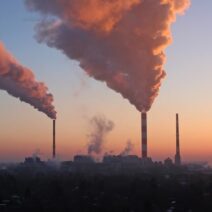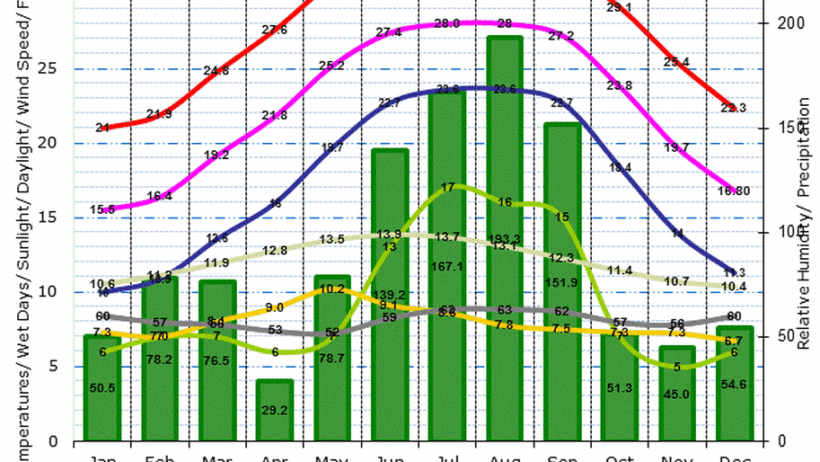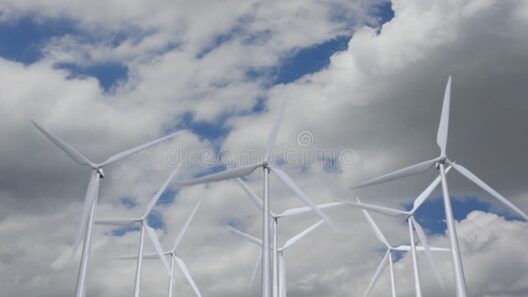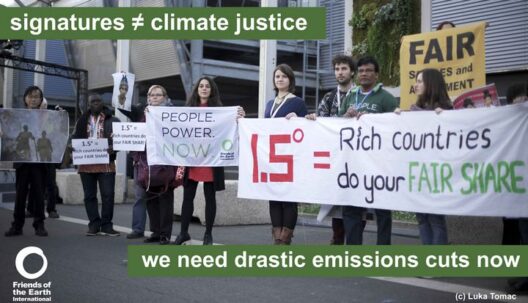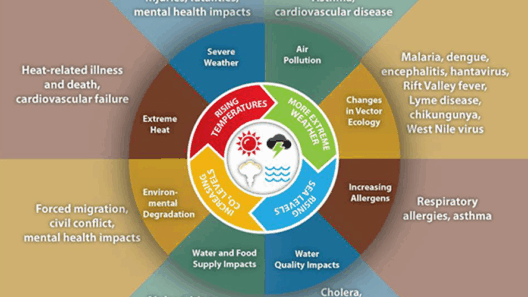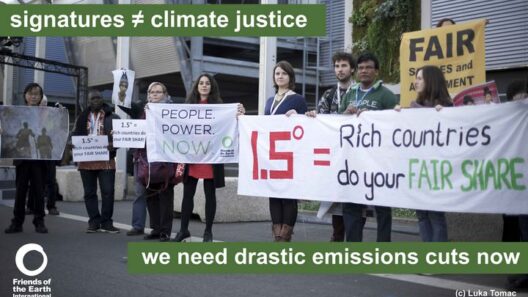The climate of the United States is a tapestry woven from a multitude of climatic zones, influenced by geography, topography, and oceanic currents. From the frigid Arctic regions of Alaska to the balmy coasts of Florida, and from the expansive plains of the Midwest to the rugged mountains of the Rockies, the climate exhibits remarkable variability. Understanding these diverse climatic conditions is critical to addressing environmental issues such as climate change and resource management.
1. Coastal Climates
The coastal regions of the United States are characterized by their moderated temperatures due to the proximity of the ocean. The East Coast experiences a humid subtropical climate, especially in areas such as the mid-Atlantic and southeastern states. This region often faces severe thunderstorms and tropical storms during the warm months. Conversely, the West Coast, with its Mediterranean climate, enjoys dry summers and wet winters, moderated by the Pacific Ocean.
2. The Eastern Seaboard
Running along the Eastern Seaboard, states like Florida, Virginia, and Maine each exhibit unique climate traits influenced by geographic factors. Florida, for instance, boasts a tropical climate that showcases a distinct wet and dry season, making it a prime location for agriculture but also vulnerable to hurricanes. In contrast, Maine experiences a more temperate climate with cold winters and warm summers, fostering a unique ecosystem that ranges from coastal wetlands to dense forests.
The interplay of ocean currents also plays a pivotal role. The Gulf Stream, for example, warms the eastern seaboard, thereby affecting precipitation and temperature patterns. These regions are also susceptible to climate anomalies, such as El Niño or La Niña, which can result in significant deviations from typical weather patterns.
3. The Great Plains
The Great Plains stretch from Texas in the south to North Dakota in the north, embodying a continental climate characterized by hot summers and cold winters. This area is integral to agriculture, supporting vast fields of wheat, corn, and soybeans. However, the climate is also associated with extreme weather events, including tornadoes. The combination of geographic flatness and climatic conditions contributes to the tornado activity seen in “Tornado Alley.”
The precipitation in this region is sporadic, with considerable fluctuation from year to year, leading to drought conditions that have profound implications for farming practices. Adaptation of agricultural methods is essential to cope with these climatic challenges.
4. The Mountainous Regions
Contrasting sharply with the plains, the Rocky Mountains exhibit an alpine climate that varies significantly with elevation. The western states, such as Colorado, Wyoming, and Montana, experience cold winters with heavy snowfall in the higher elevations, while the lower valleys might engage in milder, drier conditions. This varied climate creates distinct ecosystems ranging from arid deserts at the base to lush, snow-laden forests at higher altitudes.
Snowmelt from these mountains is crucial for water supply, affecting agriculture and urban areas downstream. Climate change poses a significant risk to these water resources; altered precipitation patterns and increasing temperatures threaten the delicate balance of this ecosystem.
5. The Desert Southwest
The states of Arizona, New Mexico, and parts of California embody a desert climate known for extremely high temperatures and minimal rainfall. These arid regions create unique ecosystems, including the iconic saguaro cactus. However, droughts are common, and the demand for water in these regions intensifies due to population growth and agricultural demands.
This area is also challenged by climate change, with rising temperatures exacerbating water scarcity issues. The ecological ramifications are significant, impacting both human health and biodiversity.
6. The Impact of Climate Change
The United States is not immune to the far-reaching effects of climate change. Rising global temperatures have resulted in altered precipitation patterns, shrinking glaciers, and shifting ecosystems. Coastal regions face increasing sea levels, leading to erosion and saltwater intrusion into freshwater supplies, particularly threatening low-lying areas.
In the Great Plains, more frequent and intense droughts are anticipated, affecting food security and agricultural productivity. Scientists are increasingly focusing on adaptive strategies to mitigate these impacts, from better water management practices to developing climate-resilient crops.
7. Future Implications
The future of the American climate is at a crossroads. Actions taken today can dictate the trajectory of climatic conditions for generations to come. Policies aimed at reducing greenhouse gas emissions, increasing renewable energy sources, and promoting sustainable land use are critical in combating climate change.
Additionally, public awareness and education play a vital role in fostering a collective responsibility towards environmental stewardship. Individuals can contribute through conservation efforts, supporting sustainable practices, and advocating for robust environmental policies.
Conclusion
The climate of the United States is a complex manifestation of diverse geographical features and climatic zones. Recognizing and understanding these unique climates is essential in tackling the pressing challenges posed by climate change. As regions adapt to new climatic realities, proactive measures must be employed to ensure both ecological integrity and human resilience in the face of an uncertain climatic future.


